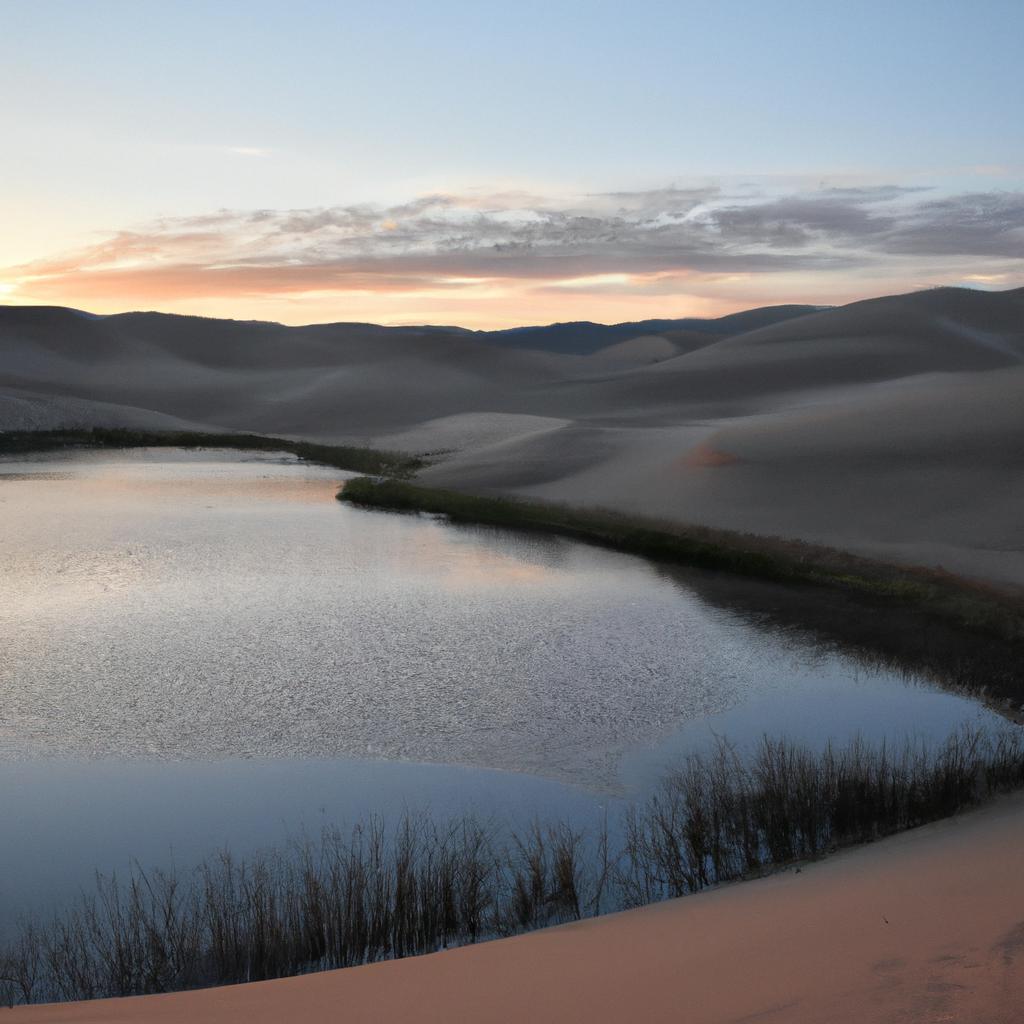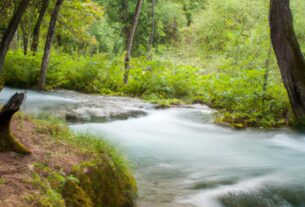Desert lakes, often forgotten in discussions about the world’s natural beauties, are truly unique wonders of nature. These bodies of water possess distinct characteristics that set them apart from typical lakes, such as their salinity levels and water sources. Join me on this captivating journey as we delve into the wonders of desert lakes, uncovering their significance, history, and exceptional qualities.
Definition of a Desert Lake
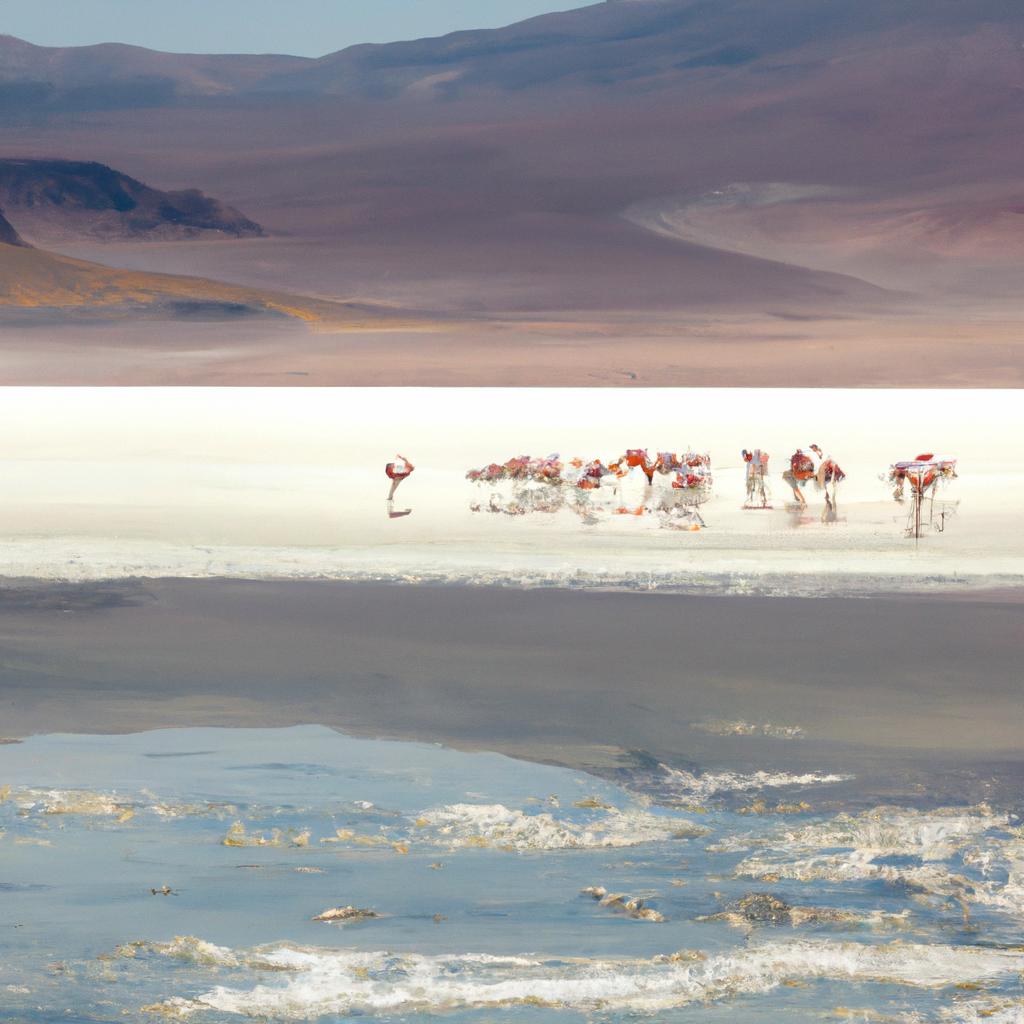
A desert lake is a body of water situated in an arid or semi-arid region with high evaporation rates. These lakes are usually shallow and have elevated salinity levels due to the scarcity of freshwater inflow. Some desert lakes form through seasonal rainfall, while others result from geological processes such as faulting or volcanic activity.
Importance of Desert Lakes
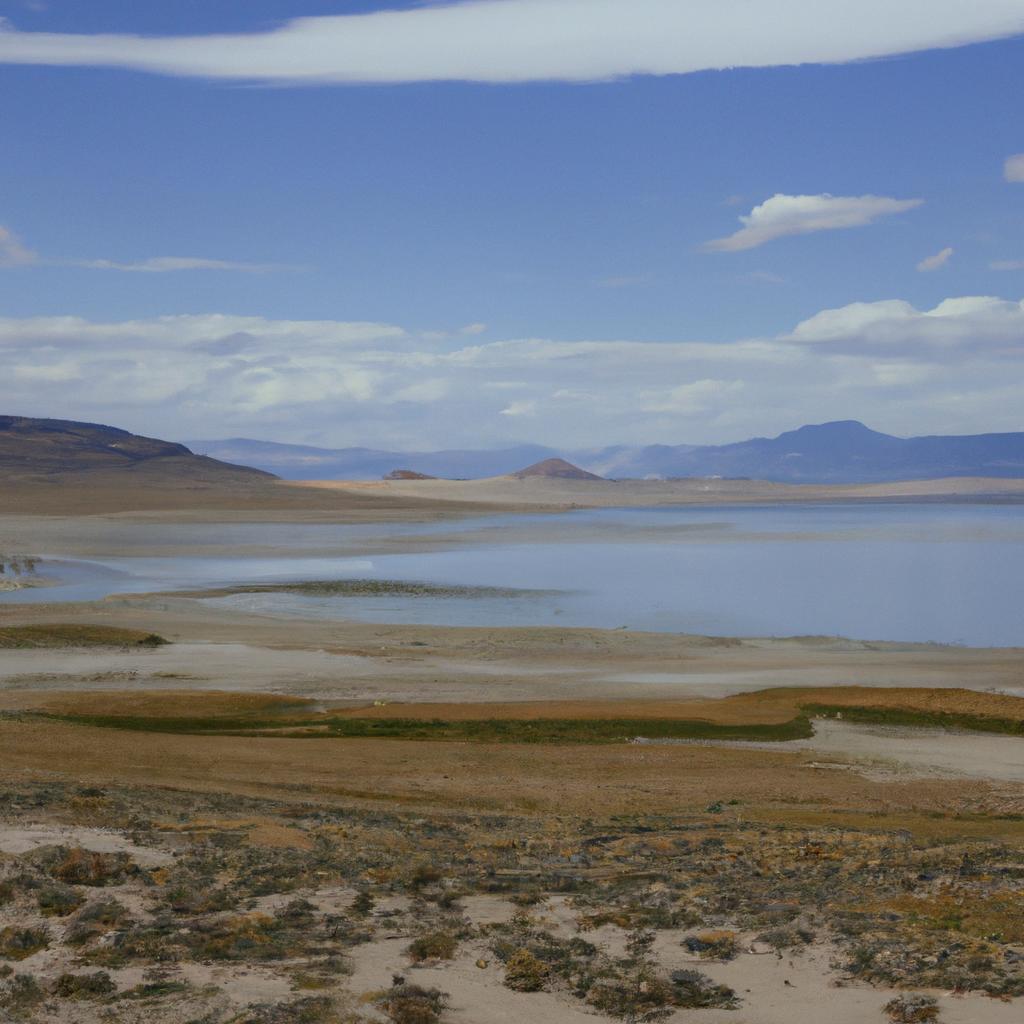
Desert lakes play a crucial role in the ecosystem of arid regions. They provide habitats for unique plant and animal species that have adapted to the harsh desert conditions. Furthermore, these lakes serve as a water source for local communities and wildlife. Some have even evolved into significant tourist attractions.
Brief History of Desert Lakes
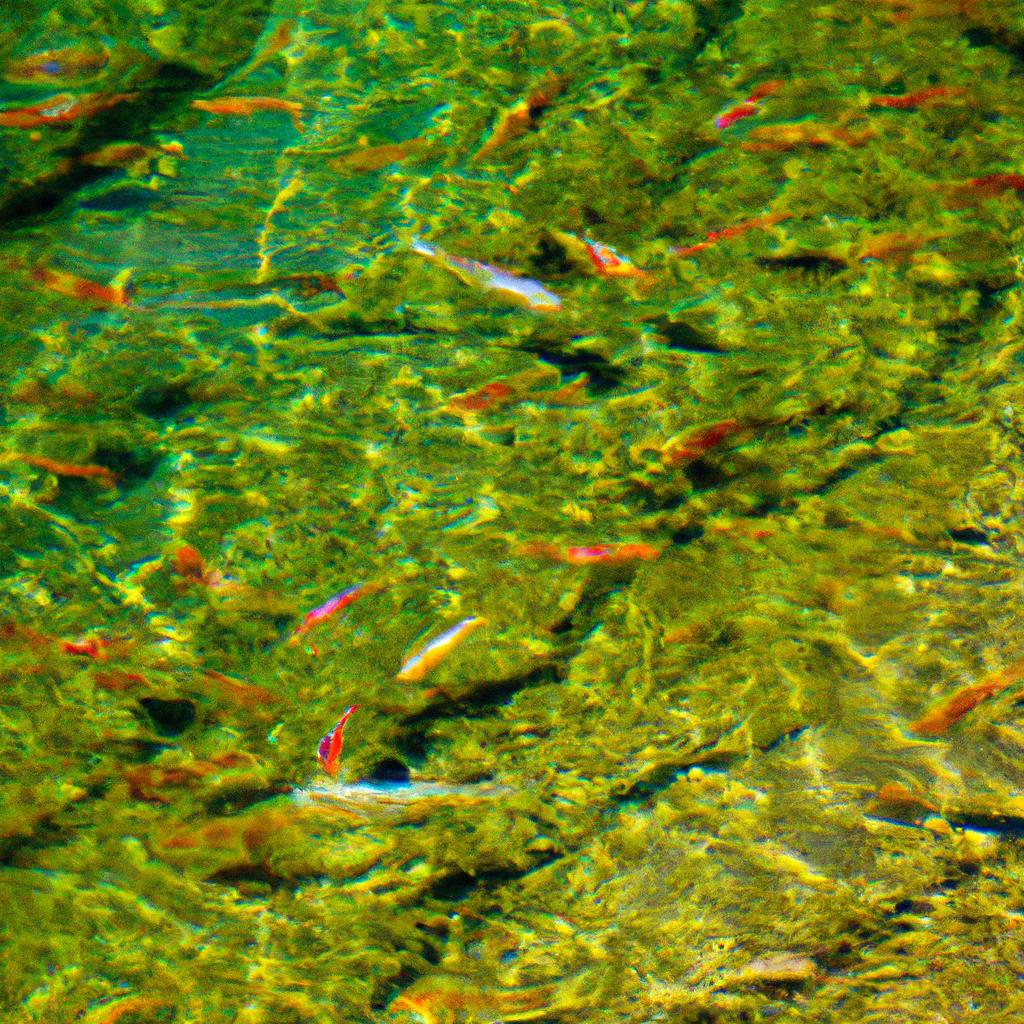
Desert lakes have existed for millions of years and have shaped human civilizations residing nearby. For example, the Dead Sea, situated between Israel and Jordan, has attracted tourists and pilgrims for thousands of years due to its reputed healing properties.
Characteristics of Desert Lakes
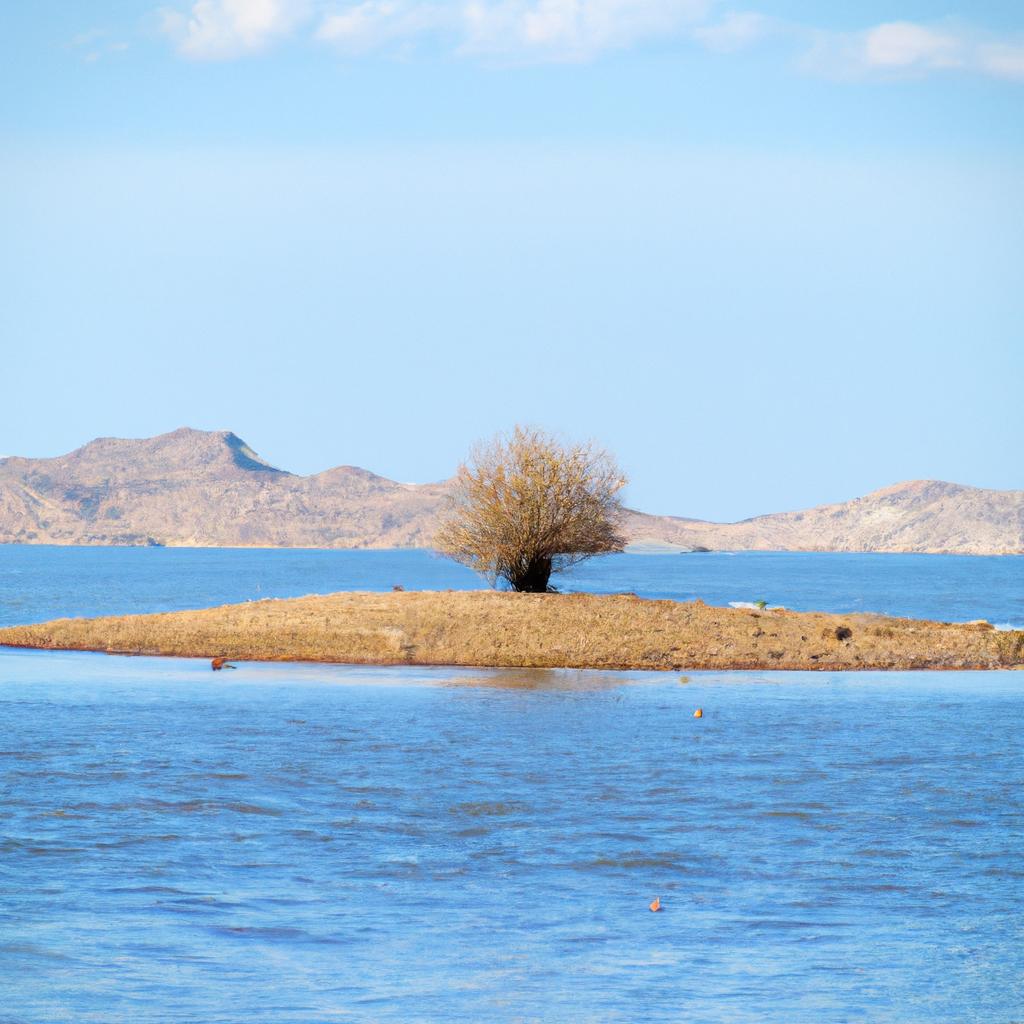
Desert lakes possess distinct features that distinguish them as natural wonders. Let’s explore their most noteworthy characteristics.
Size and Shape
Desert lakes are typically smaller and shallower compared to other types of lakes. Their size can range from a few meters to several kilometers in diameter. The shape of the lakes varies depending on the geological processes that formed them, from circular to elongated.
Salinity Levels
One of the defining features of desert lakes is their high salinity levels. These lakes experience minimal freshwater inflow and have high evaporation rates, resulting in concentrated salt and mineral content. Some desert lakes, such as the Dead Sea, are so saline that they cannot support most organisms.
Water Source
The primary water source for desert lakes depends on their location and geological history. Some lakes are fed by groundwater, while others form through seasonal rainfall or runoff from nearby mountains. Volcanic activity also creates desert lakes, as seen in Bolivia’s Salar de Uyuni.
Biodiversity
Despite the harsh conditions, desert lakes host unique plant and animal species adapted to survive in these environments. Examples include the brine shrimp of Utah’s Great Salt Lake, thriving in its high salinity, and the flamingos gracing the alkaline waters of Kenya’s Lake Nakuru.
An understanding of desert lake characteristics is crucial to appreciating their ecological and cultural significance. In the following section, we will explore some of the world’s most renowned desert lakes.
Famous Desert Lakes

Desert lakes span the globe and have gained fame for their unique attributes and breathtaking beauty. Here are some of the most renowned desert lakes in the world:
Great Salt Lake in Utah, USA
The Great Salt Lake, the largest saltwater lake in the Western Hemisphere, resides in northern Utah. With salinity levels nearly ten times that of the ocean, it nurtures brine shrimp and other distinctive species. Over 250 bird species also call this lake home, making it a paradise for birdwatchers.
Dead Sea in Israel and Jordan
Situated between Israel and Jordan, the Dead Sea boasts extreme saltiness, allowing individuals to effortlessly float on its surface. It has attracted tourists and pilgrims for millennia, thanks to its purported healing properties attributed to its mineral-rich composition.
Lake Eyre in Australia
Australia’s largest salt lake, Lake Eyre, lies in the arid outback. Usually dry, it occasionally fills with water during periods of heavy rainfall, creating a stunning mirror-like surface. Lake Eyre supports a variety of fish species adapted to the desert’s harsh conditions.
Salar de Uyuni in Bolivia
Salar de Uyuni, the world’s largest salt flat, sprawls across Bolivia. Covering over 10,000 square kilometers, its remarkably flat surface is used to calibrate satellite altimeters. The mesmerizing reflections formed on the salt crust attract visitors far and wide.
These are just a few examples of the many famous desert lakes worldwide. Each lake possesses unique characteristics and has influenced the history and culture of its surrounding region.
Ecological Significance of Desert Lakes
Despite their harsh environments, desert lakes host a diverse array of unique plant and animal species. These species have adapted to the extreme conditions of the desert and can only be found in specific desert lake habitats. In this section, we will explore the ecological significance of desert lakes and the remarkable species they harbor.
Unique Plant and Animal Species
Desert lakes provide habitats for numerous plant and animal species that cannot be found elsewhere. For instance, Utah’s Great Salt Lake is home to brine shrimp and algae found nowhere else in the world. The Dead Sea boasts unique bacteria and fungi adapted to its high salt concentration.
Role in Local and Global Water Cycles
Desert lakes play a critical role in both local and global water cycles. They serve as water sources for local communities and wildlife, and some are used for irrigation. Additionally, desert lakes contribute to the global water cycle through evaporation and transpiration, releasing water into the atmosphere.
Threats to Desert Lakes
Despite their ecological significance, desert lakes face multiple threats, including climate change, pollution, and overuse of water resources. Climate change leads to alarming drying rates, while pollution from nearby urban areas harms delicate lake ecosystems. Overuse of water resources can also deplete desert lakes, with severe consequences for the environment and local communities.
In conclusion, the ecological significance of desert lakes is undeniable. These natural wonders house unique plant and animal species while playing a vital role in water cycles. However, they face threats and require our commitment to their protection and preservation for generations to come.
Cultural Significance of Desert Lakes
Desert lakes hold profound cultural value for communities residing nearby. From traditional uses to modern recreational activities, these lakes have significantly shaped the cultures of arid region inhabitants.
Traditional Uses by Indigenous Communities
Indigenous communities living near desert lakes have relied on these bodies of water for survival for centuries. They have developed ingenious ways to utilize lake resources, such as utilizing salt for food preservation and trading. Some indigenous communities consider desert lakes sacred and attribute spiritual significance to them.
Modern Recreational Activities
In recent years, desert lakes have gained popularity as tourist destinations, attracting visitors from around the world. These lakes offer a myriad of recreational activities, including swimming, boating, and camping. Guided tours are also available, providing insights into the history and ecology of these natural wonders.
Spiritual and Religious Associations
Desert lakes have held spiritual and religious significance for centuries. The Great Salt Lake, for instance, is considered sacred by some Native American tribes, who believe it to be the dwelling place of the Great Spirit. Similarly, the Dead Sea features in various religious texts and is believed to possess healing properties.
In conclusion, desert lakes carry immense cultural significance for nearby communities. They have served traditional purposes, offer modern recreational activities, and hold spiritual and religious associations. As we continue our exploration of these wonders, we will gain a deeper appreciation of their role in shaping the cultures of arid region inhabitants.
Conclusion
Desert lakes, often overlooked but critical to arid ecosystems, offer a unique and captivating natural experience. Their exceptional characteristics, such as high salinity and diverse water sources, set them apart. We have explored renowned desert lakes, like the Great Salt Lake and the Dead Sea, and discovered their ecological and cultural significance.
However, desert lakes face threats from climate change, human activities, and other environmental factors. It is our responsibility as citizens of this planet to protect and preserve these natural wonders for future generations.
At TooLacks, we are dedicated to spreading awareness of nature’s marvels and inspiring action to safeguard them. Join us in our mission to create a better world for all living beings.
TooLacks: Promoting awareness, inspiring action.
